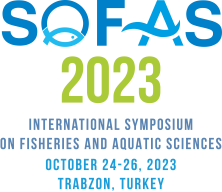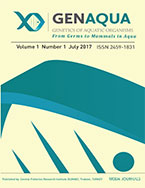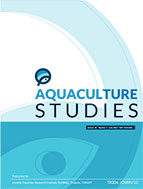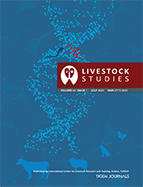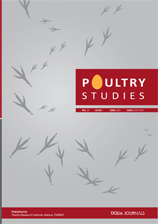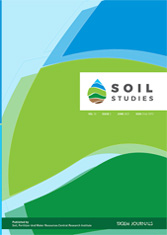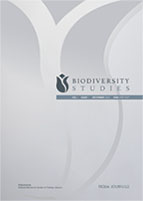Turkish Journal of Fisheries and Aquatic Sciences
2026, Vol 26, Num, 2 (Pages: TJFAS27662)
The Potential Performance of Benthic Algal Community-based Biotic Indices for Assessing the Ecological Status: A Case Study of the Kamenica River (Serbia)
2 University of Belgrade, Faculty of Biology, Department of Algology and Mycology. Studentski trg 16. 11000 Belgrade. Serbia.
3 Institute for Vegetable Crops Smederevska Palanka. Karađorđeva 71. 11420 Smederevska Palanka. Serbia.
4 University of Kragujevac, Faculty of Science, Department of Biology and Ecology. Radoja Domanovića 12. 34000 Kragujevac 34000. Serbia. DOI : 10.4194/TRJFAS27662 Viewed : 465 - Downloaded : 423 In most European countries, ecological status assessment of hilly-mountain rivers following the Water Framework Directive relies on diatom indices as parameters of phytobenthos. In contrast, only five of them use non-diatom algal-based indices. This study aimed to evaluate the performance of indices based on epilithic diatoms (IBD, IPS, IDG, SLAD, EPID, TID, TDI), non-diatom benthic algae (PIT, BI, NeD, RAPPER), and both groups (TI) for ecological status assessment compared to assessments based on the physical and chemical parameters of the water. The study was conducted in four seasons at six sites on the Kamenica River (Serbia). A total of 142 algal taxa were detected, including 85 diatoms and 57 non-diatoms, with 24 forming macroscopic aggregations. Among tested diatom indices, TDI and TID were most consistent with physical and chemical parameters-based assessment. Non-diatom indices PIT, BI and RAPPER method showed potential for broader application, although the indicator lists and the boundaries of the ecological status classes need to be adapted. The TI index provided more accurate results compared to the same index that only considers diatoms (TID), underlining the importance of including non-diatom algae as bioindicators in the ecological status assessment. Keywords : Diatom indices, Non-diatom benthic algae, Macroalgae



